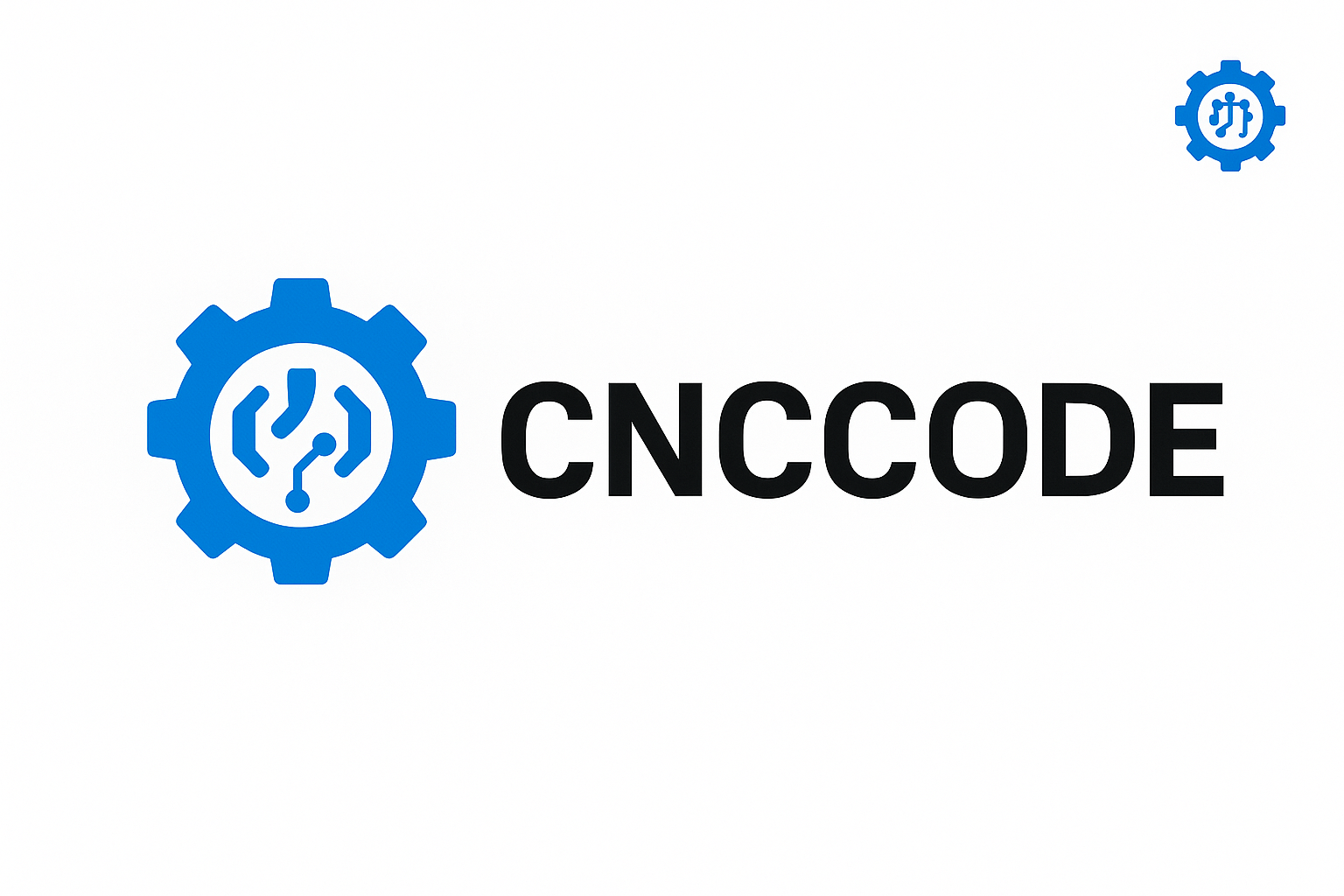Explore the essential CNC file formats, their use cases, and how to convert between them. Learn how file compatibility impacts productivity and how to streamline your workflow with proper file management.
CNC File Formats & Conversions: The Complete Guide to Machine-Readable Manufacturing
In CNC machining, file compatibility and accuracy are critical. The journey from design to cutting tool relies on a chain of digital file formats—each playing a role in defining part geometry, toolpaths, machine instructions, and simulation. Misunderstanding or mismanaging file formats can lead to costly mistakes or wasted time. In this comprehensive guide, we’ll explore all major CNC file formats, their purposes, and how to convert them seamlessly across different platforms and machines.
Why CNC File Formats Matter
CNC workflows rely on various digital tools: CAD software for design, CAM software for toolpath generation, and controllers that execute the final machine code. These tools speak different “languages”—or file formats—that must be accurately interpreted to ensure successful machining. File format mismatches can cause tool errors, incorrect geometry, or even damage machinery.
Common CNC-Related File Formats
| File Format | Description | Typical Use |
|---|---|---|
| .STL | Stereolithography mesh format | 3D printing & CAM toolpath generation |
| .STEP/.STP | ISO standard CAD file | Interchangeable CAD modeling format |
| .IGES | Initial Graphics Exchange Specification | Legacy CAD exchange format |
| .DXF | Drawing eXchange Format | 2D vector drawings, commonly used for laser and plasma cutting |
| .DWG | AutoCAD drawing format | Native AutoCAD format, often used for 2D/3D design |
| .NC | Numeric Control file | Controller-ready G-code output |
| .TAP | Text file containing G-code | Machine execution on CNC routers and mills |
| .GCODE | Standard G-code file extension | Used in 3D printing, CNC mills, and more |
| .CL | Cutter location file | Intermediate CAM output before post-processing |
File Conversion Workflow in CNC
- Design (CAD): Create model using software like SolidWorks, Fusion 360, AutoCAD
- Export: Save as .STEP, .STL, .DXF, or other exchange format
- Import to CAM: Load into CAM software for toolpath planning
- Post Processing: Convert toolpath data into machine-readable .NC or .TAP using post-processors
- Simulation & Verification: Use simulator tools to test .NC files
- Execution: Send final file to CNC controller (Fanuc, Haas, Heidenhain, etc.)
How to Convert CNC File Formats
Many CAD/CAM programs support native export/import options. However, sometimes dedicated file conversion tools or plugins are required. Here are the most common conversions:
- STEP to STL: Used for converting precise models to mesh for CAM toolpathing.
- DXF to G-code: Laser/plasma workflows often convert 2D profiles directly.
- CL to NC: Post-processing step in Mastercam or PowerMill.
- DWG to DXF: Ensures wider compatibility with older CAM systems.
- STL to GCODE: Popular in 3D printing or simplified milling.
Best File Conversion Tools
Here are some tools that offer smooth format transitions between design and machining:
- Autodesk Fusion 360: Built-in import/export tools for STEP, STL, DXF, and direct post-processing
- SolidWorks: Export to multiple formats including IGES, STEP, STL, DXF
- FreeCAD: Open-source with flexible format conversion capabilities
- AnyConv: Simple online format converter (STL, DXF, G-code)
- CAMotics + Post Processor: Convert toolpaths to G-code for testing
Challenges with File Format Compatibility
- Lost geometry or mesh errors: STL files may lose precision during export
- Post processor mismatch: NC files might not suit all machines
- Units and tolerance issues: Metric vs. imperial conversions must be handled properly
- Text encoding: G-code files must be ASCII compliant for most controllers
Future Trends in CNC File Management
- Cloud-based CAD/CAM platforms: Real-time collaboration and file sharing
- Universal file format standards: Reduce need for format conversion across machines
- AI-based file optimization: Automatically correct and optimize code based on design intent
- Blockchain for file traceability: Secure file history in regulated manufacturing environments
Conclusion
Mastering CNC file formats and conversion processes is fundamental for efficient, accurate machining. As CNC systems continue to evolve, so will the way we manage data. By understanding file relationships and adopting proper conversion strategies, you can avoid costly errors and streamline your entire workflow—from CAD to final machining.

Leave a comment